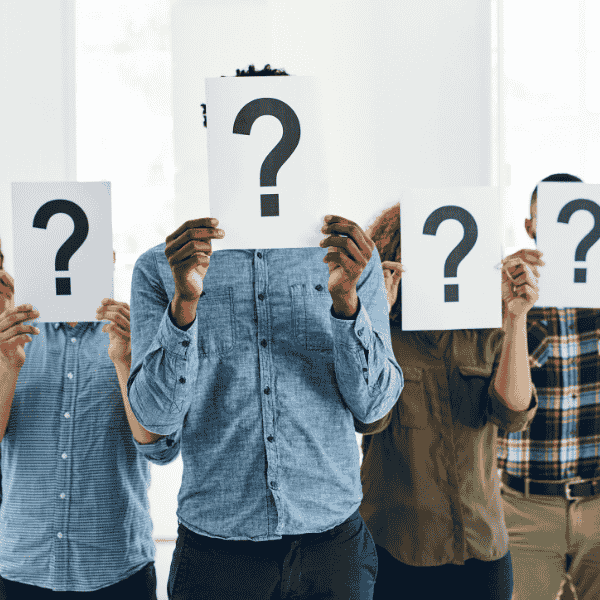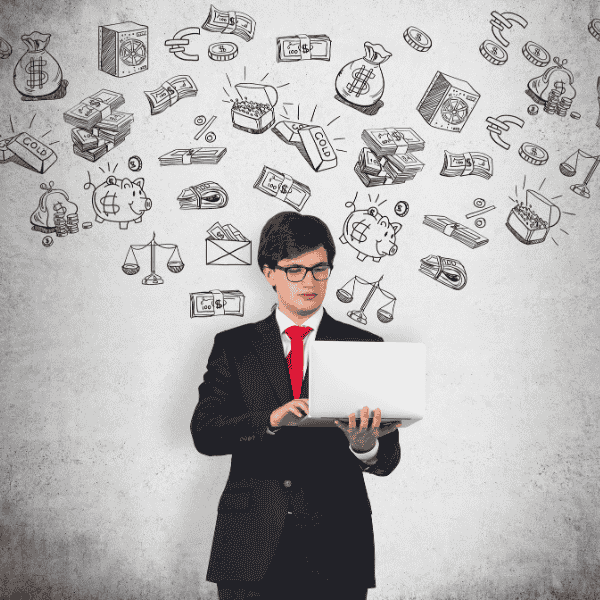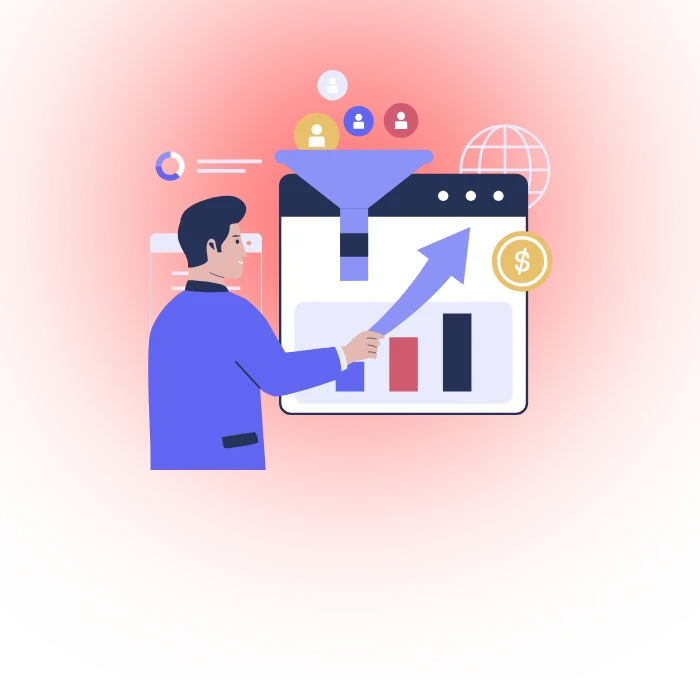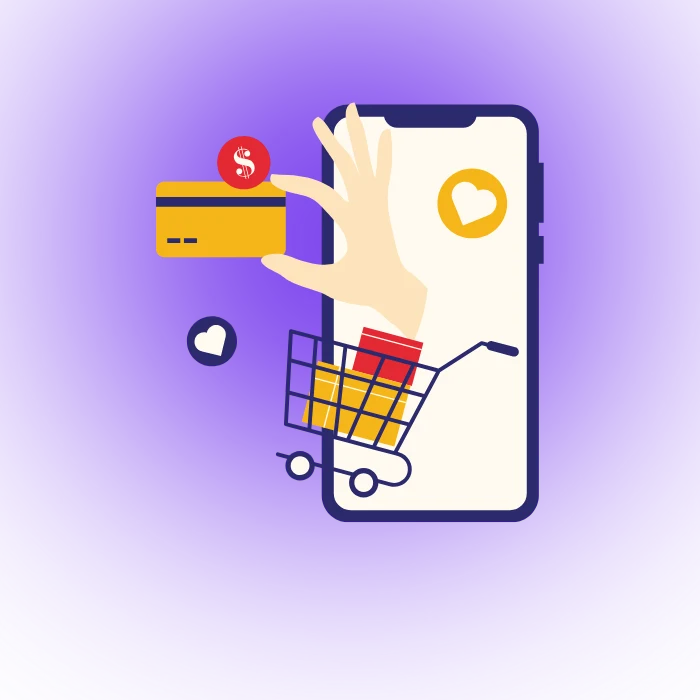What Defines Omnichannel Retail in Modern Commerce
Omnichannel means your channels behave like one system, not seperate lanes. People move from Instagram to website to store and get the same cart, pricing and context. Teams stop arguing about “who owns the order,” because systems doesnt talk well become systems that do and effort shifts from fixing to serving.
Core Components of Seamless Integration
Integration starts with a single customer profile, shared inventory and unified orders. Carts travel with the user returns work anywhere support can see history without asking folks to repeat. Data is shared through events or APIs, yet process were simple on the surface: choose, pay, recieve, pick up or ship and resolve issues without re-explaining context.
Customers don’t think in channels, they remember how smoothly you handled the second step after the first.
Historical Progression from Single Channel
Retail moved from single storefronts to catalogs and call centers, then to multichannel websites that still kept data in silos. Omnichannel grew as cloud tools made shared identity, inventory and orders practical. Early pilots looked rough syncing occured nightly and shoppers lost carts. Today’s stacks update faster, so switching devices no longer breaks the trip.
Key Distinctions from Multichannel Methods
Multichannel offers many doors omnichannel makes one house. Multichannel teams run seperate promotions, stock and rules per channel shoppers pay the confusion tax. Omnichannel gives consistent prices, shared carts and returns anywhere, so effort drops and trust rises. Staff live in one truth for orders, stock and service, not five dashboards.
Why Businesses Need Omnichannel Retail Now
Shoppers jump devices, browse in micro-sessions and expect help to remember context. Companies that blend store, web, mobile and social reduce friction and protect margin. Teams that keep silos spend time reconciling reports teams that unify focus on value. Budgets tighten, yet a single platform lowers rework and makes campaigns coordinate.
Responding to Shifting Customer Behaviors
People research on phones, ask friends on social and pick up near home. When carts, coupons and preferences follow them, drop-off shrinks and support tickets get shorter. Data is unifie some records was messy until identity rules matured. Channel-hopping becomes normal behavior you plan for, not a corner case you triage at week’s end.
Strengthening Market Position and Growth
Competitors with clean handoffs win repeat visits, because time saved feels like value earned. Consistent promos and stock views reduce “price ping-pong,” so teams discount less to fix earlier confusion. Stores turn into service hubs with pickup and returns, which draws traffic and keeps baskets warm for cross-sell moments that feel helpful, not pushy.
Aligning with Digital Transformation Goals
Boards push for lean stacks and shared data. Omnichannel projects often replace four systems with one record of customer, order and item. Support scripts is brittle where data lives in silos, unified data makes changes safer and faster. Change management still hurts, yet teams was surprised how quickly training time falls when screens match the journey.
Fostering Long Term Customer Relationships
Service remembers previous issues and promises, which builds trust. Loyalty tools stop being an island and finally drive useful moments: proactive back-in-stock alerts, pickup reminders and size exchanges that honor promo rules. Returns handled gracefully turn into second sales, people reward fairness with patience the next time a delay do happen.
Key Benefits of Omnichannel Retail Experiences
Shorter time-to-answer, fewer repeats and simpler returns raise satisfaction without giant giveaways. Stores gain footfall through pickup, while websites gain conversion by showing local stock and honest delivery dates, so planners forecast with less sandbagging and fewer end-of-month fire drills.
Teams finally measure the full journey, not just last click. Campaigns stop cannibalizing each other because the model credits helpful steps like store try-ons and chat guidance. Finance gets cleaner revenue lines, product teams get clearer feedback loops. Work feels calmer when every screen shows the same truth for orders and stock.
Benefit summary
| Benefit | What changes | Outcome |
| One profile | Shared identity across touchpoints | Fewer repeats, faster help |
| Shared stock | Store + web inventory together | Honest ETAs, fewer cancellations |
| Unified orders | Buy/return anywhere | Lower effort, higher trust |
| Consistent promos | Same rules everywhere | Less confusion, better margins |
curbside pickup speed, reduced split shipments, smoother gift returns.
How to Develop an Effective Omnichannel Strategy
Start with journeys not tools. Map the moments that matter, then pick tech that supports those moments. Define the minimum “one experience” rules: one cart, one order view, one help view. Fix policy conflicts early. When store and web disagree on returns, customers are shown chaos,when rules match, staff confidence grows.
Segmenting Customers by Preferences
Group people by behavior they show, not labels you guess. Some love pickup, some wait for consolidated shipping, some chat late at night. Build segments that guide actions: which promo to show, which channel to nudge, which promise to set. Teams that test small see lift faster, while over-wide bets burn budget without learning.
Mapping Journeys Across Touchpoints
Sketch paths for research, purchase, pickup, exchange and support. Highlight friction where carts die or lines form. Orders gets routed through these steps, so every hand-off needs a system owner. Keep maps visible in stores and war rooms. Feedback loops should close weekly, so fixes land before the next promo window opens.
Integrating Essential Technologies
Choosing a commerce core, order broker, identity store and helpdesk matters less than wiring them cleanly. Events move state, APIs expose truth webhooks keep screens fresh. On the day of release, test common flows with real devices in teh parking lot and on spotty Wi-Fi. Enviroment issues hide in labs, field checks reveal them early.
Automating Processes for Efficiency
Automation frees staff for high-touch moments. Trigger back-in-stock alerts, curbside check-in and refund updates. Inventory sync do fail sometimes; alerts should route to humans with enough context to act. Bots can draft answers; humans tune tone. Support queues shrink when status is transparent and accurate across email, chat and store screens.
Providing Unified Support Options
Help should follow the order, not the channel. Let shoppers move from chat to phone to store without losing the thread. Knowledge entries must match policy; macros should personalize with names and order details. We prefer “first answer shows progress” over long scripts; people calm when steps are clear and next events are dated.
Common Challenges in Omnichannel Retail Setup
Siloed tools make truth slippery. Legacy POS writes slow; ecommerce caches aggressively; ERPs batch overnight. Data security and privacy rules add weight. Leadership wants speed, yet teams need time for cleanup. Light, steady steps work: one journey at a time, one policy at a time, so risk stays contained.
Synchronizing Inventory Across Channels
Stock errors cause broken promises. RFID, cycle counts and stricter receiving help, but feeds must update fast enough to matter. BigCommerce notes that visibility gaps damage scaling, which then pushes teams into manual overrides that multiply mistakes. Reports were slow and is noisy if discrepancies linger past each shift.
Ensuring Data Security and Compliance
Identity, payments and consent require care. Encrypt data in transit and at rest; reduce fields kept; expire tokens quickly. Service tools should hide full card details and mask sensitive notes. Breaches don’t just cost fees; they erase trust built over months. Healthy hygiene beats clever tricks; simple controls get used consistently.
Bridging Online and Offline Gaps
Store associates need the same view that support has. Give them access to orders, notes & promo rules. Train for edge cases: split returns, partial pickups, mixed tenders. Printers jam, scanners die, networks lag; playbooks should exist. People forgive delays when steps are visible and staff owns the next move.
Real World Omnichannel Retail Success Stories
During a footwear pilot on [DATE], our consultants helped [RETAILER] mirror web promos in store and unlock pickup in two regions. Lines moved faster because staff saw web carts on POS. Returns dropped week-to-week as sizing exchanges got easier. Fewer overrides meant finance closed the month without emergency patches.
In a home goods rollout , our team guided curbside workflows for [CITY] stores. Chat sent QR codes; stores scanned at arrival; stock was staged near exits. Pickups went from fifteen minutes to under half shoppers actually smiled at closing time. Team members said shift energy improved once chaos dipped.
Emerging Trends Shaping Omnichannel Retail Future
Trends arrive quickly, yet the winners build on the same foundation: one profile, one order view, honest stock. Fancy features flop if basics wobble. Test in small markets, watch ops metrics, then scale. When discoveries prove sticky, back them with stronger data models and training, not just new UI layers.
Using AI for Personalization in Omnichannel
Personalization tools learn from browsing and purchase history to shape timing, content and offers. Emarsys frames this as customer-centric orchestration across channels, not just email tricks. Teams must guard bias, throttle frequency and leave clear opt-outs. Definately avoid “creepy” leaps; explain why something appears and trust grows step by step.
Role of AR in Enhanced Shopping
Virtual try-ons and room-scale previews reduce returns and boost buyer confidence. When AR connects to real inventory and delivery dates, people act sooner and regret less. Staff demos help skeptical shoppers in store. Network hiccups will test patience, so preload assets and offer low-data fallbacks for older phones that still matter.
Growth of Social Commerce Integration
Social platforms now host full carts, payments and messaging. Omnichannel flows connect those orders to the same stock and support queues, so status stays honest. Marketing, care and store ops must share playbooks to respond quickly when a post spikes demand. Shopify’s guidance stresses unified data and inventory for this to work.
Impact of Metaverse on Experiences
Immersive spaces create themed events, limited drops and service lounges. Hype aside, useful cases are guided sales for complex items, clienteling with co-viewing and community repairs or mods. Keep receipts and warranties tied to real identities, not avatars, or support will drown. Costs stay low by reusing assets across campaigns.
Sustainability Focus in Strategies
Packaging, routing and returns can shrink waste. Offer consolidated shipping and clear fit guidance to prevent unnecessary trips. Stores can act as micro-fulfillment nodes, cutting miles per order. People notice recycled materials and honest repair options. Reducing waste saves cash quickly, which helps both margin and mood on the floor.
What Are the Costs Involved in Omnichannel Adoption
Budgets cover platform fees, integration work, data cleanup, staff training, devices and change management. Phased programs reduce risk. Start with one region and one journey, then expand. Hidden costs show up in edge cases: mixed tenders, gift receipts, tax quirks. Early tabletop tests catch many pains before rollout.
Cost overview
| Cost area | What it includes | Control lever |
| Platforms | Commerce, OMS, helpdesk | Fewer vendors, longer terms |
| Integration | APIs, events, middleware | Reuse patterns, avoid spaghetti |
| Data cleanup | Identity, catalog, stock | Freeze formats, audit weekly |
| Training | Store + care playbooks | Role-based guides, refreshers |
| Devices | Scanners, printers, tablets | Shared carts, durable cases |
Expect some rework after week one. Field fixes surfaced by store leads usually pay back in days. When governance is light and respectful, teams own the journey rather than dodge blame.
Conclusion
Omnichannel works when each hand-off feels natural to the shopper and boring to the staff. Choose one journey, codify one policy and test on real devices with real orders. Momentum comes from fewer surprises, not louder launches. Keep promises small and durable; loyalty grows when the second visit feels smoother than the first.
Want your store, website and support desk to behave like one calm system? Book a workshop with Team Epistic. We’ll map one journey, ship one improvement, then scale what proves useful.
FAQs
What is the simplest way to start with omnichannel?
Start by fixing one journey end-to-end, usually “buy online, pick up in store.” Write one policy, one returns flow and one status page that everyone can see. Train on live receipts, not fake data. When phones and POS screens show the same state, trust rises and teams stop firefighting during closing hours.
How does omnichannel differ from multichannel in practice?
Multichannel treats each door like a seperate shop, with its own stock and promos. Omnichannel shares identity, inventory and orders, so carts and returns travel with the user. Staff can help without switching tools or asking people to repeat details. Outcomes include fewer cancellations, fewer overrides and smoother month-end close.
Which KPIs should leaders watch during rollout?
Focus on promise-keeping before sales growth: pickup wait time, stock accuracy, refund cycle, first-contact resolution and repeat purchase share. Reports should refresh quickly and match store reality. When signals align, conversion and margin improve without heavy discounting, because confusion costs drop and service feels consistent.
Can small retailers benefit without huge budgets?
Start small with shared identity and honest stock. Pick lightweight tools, limit custom code and lean on vendor flows for returns and exchanges. Local pickup and transparent delivery dates punch above their weight. Even five stores can learn fast if feedback loops run weekly and owners visit the floor with the team.
What are common pitfalls teams should expect?
Policy gaps break trust: promo rules, gift receipts and exchange limits should match everywhere. Sync jobs fail silently and add alerts with enough detail to act. Training often skims edge cases like partial pickups. Keep a war room open during week one, capture fixes daily close the loop before the next promotion lands.






